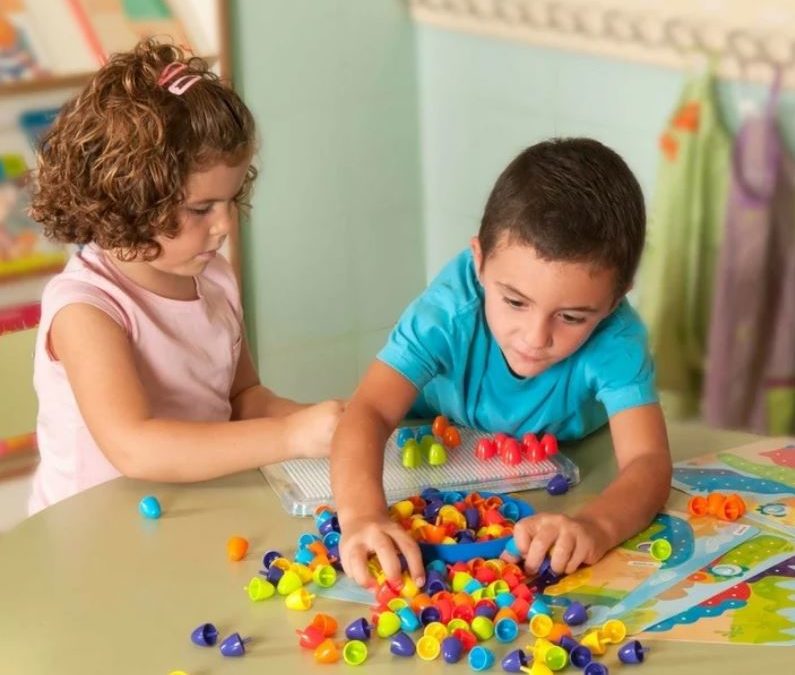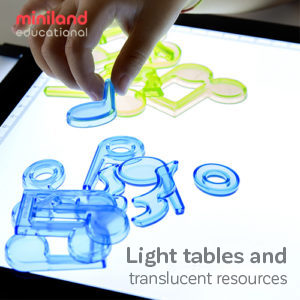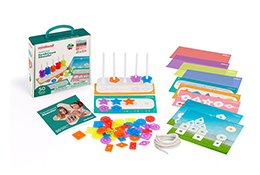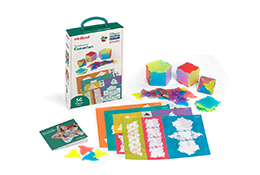However, while it’s great to have some high-quality toys and games available in the classroom – there are also hundreds of things that you can do with just the basics. This is particularly applicable for teachers that have young students from the ages of three to eight.
Kids thrive off fun, entertaining activities and they won’t be bothered if it is the most expensive toy out there, or if it’s simply something that they have created themselves.
Our new guide Getting the Most Versatility Out of Your Teaching Tools is one of our many resources for teachers that helps you get the most out of your classroom and helps you provide an all-round educational experience that will allow your students to flourish in all areas.
The guide covers five essential subjects that children need to get a grasp on early in life, why they are important, the expected milestones, as well as simple toys and tools that you can use to teach them.
Reading and Writing
Reading and writing are two of the most essential developmental skills for young children to learn; they allow them to communicate and socialize with those around them and to enter academics at a well-developed stage.
Kids will progress rapidly from the ages of 3-5, changing from random words to proper sentences and speech, and their scribbles should begin to take a more realistic form. From the ages of 6-8, they should be able to write proper sentences and start writing their own stories.
Mathematics
Math is a subject that many people struggle with, and as a teacher you are bound to get asked by students why they have to learn it – time and time again. However, math really is essential for everyday things such as paying bills and problem solving, but it is also a gateway to great and lucrative employment opportunities such as engineering.

Our resources for teachers provide exercises that make learning math fun and entertaining, and children are more likely to enjoy learning the subject.
From the ages of 3-5, children should be learning to count on their fingers and getting better every year. From the ages of 6-8, they should be able to do simple sums and improve their counting repertoire.
Logic and Problem Solving
Logic and problem solving are probably one of the most valuable skills that children can learn at school that will directly benefit their social skills and ability to handle situations as they get older. It is important for them to recognize that problems can be solved and that every action has a consequence.
At the age of three, students will still largely be illogical and think of things in a magical/fanciful way, but they will begin to progress quickly, and by the age of eight they should be able to solve problems and recognize that their actions will produce some sort of result.
Science
Undoubtedly one of small children’s favorite subjects is science. This is mainly because learning it is often fun. Our resources for teachers provide tips and tricks for you to create amazing experiments and to do exercises that will teach children science in a fun and entertaining way.

Younger kids should be starting to use all of their senses to investigate the world around them, and as they get older they’ll be able to predict simple things like the fact that ice will melt in the sun.
Older children should be able to use basic units of measurements and start to understand the qualities that differentiate mammals, insects, fish, etc.
Creativity
The freedom of expression is a beautiful thing, and something that young children absolutely love. Arts and crafts enable children to relax, have fun, and break free from the rigors of academic subjects. Exercises in creativity should be fun and you need to allow kids to express themselves.
At the age of three, finger painting and scribbles will be the order of the day – and some random dancing – but by age 8, children should be able to play around with some sort of instruments, hold a rhythm, and be able to realistically draw or paint things around them.
At Miniland, we create resources for teachers that assist them in classroom management techniques and provide fun and entertaining exercises and educational games. If you would like to know what toys and tools you can use in your classroom to teach the above five subjects, then download our guide Getting the Most Versatility Out of Your Teaching Tools now.




